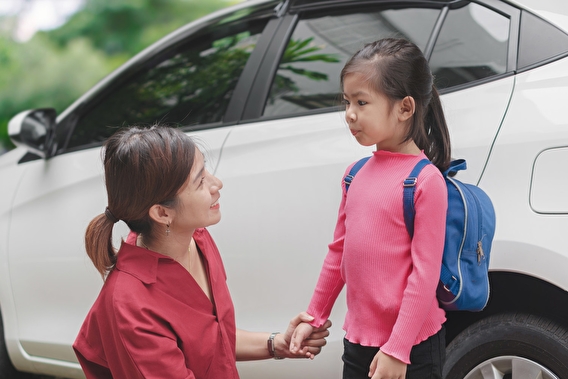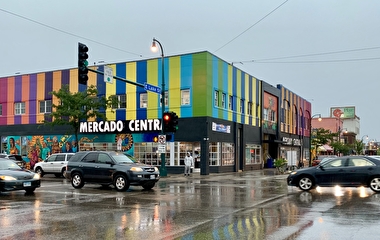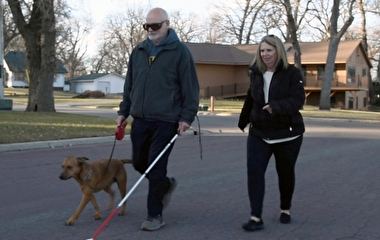
Vehicle automation is expected to improve safety, reduce congestion, deliver environmental and economic benefits, and increase access and mobility. However, U of M researchers have found that for transportation-disadvantaged people, the effects of these technologies may be mixed.
“We found that the benefits of this technology will vary according to the group and the way that the technologies are deployed,” says Frank Douma, director of the State and Local Policy Program at the Humphrey School of Public Affairs. “While there are no groups that are currently transportation disadvantaged that will be worse off, some groups are going to have some benefits and some additional challenges, while other groups will end up better off.”
In a project funded by the National Science Foundation, researchers looked at the different groups and sub-groups of people who experience transportation disadvantages and considered how automated vehicles would affect them. Humphrey School professor Jason Cao and graduate student Xinyi Wu served as co-investigators on the project, which is part of a larger study led by Shashi Shekhar, McKnight Distinguished Professor in the Department of Computer Science and Engineering.
“For racial minorities, two current transportation disadvantages are low income and discrimination,” Douma says. “If we adopt a model in which you have to purchase an automated vehicle and the technology makes a vehicle more expensive, this would only increase their disadvantage. Additionally, racial minorities experience discrimination in the current system, and if that is not explicitly addressed it could be perpetuated in an automated vehicle world.”
Other transportation-disadvantaged groups that may experience mixed results from automated vehicle adoption include low-income people, immigrants, and women. “Women are more often in caregiving roles, which often requires making trips with multiple stops,” Douma explains. “It’s not possible to leave items from an earlier stop in a shared automated vehicle.”
On the flip side, people with disabilities, teenagers, seniors, and rural residents all stand to benefit from automated vehicle technology. “Teens and seniors are both high-risk driving groups with needs and desires to get around, so automated vehicles will greatly improve their quality of life,” he says.
Policymakers can help shape the deployment of automated vehicles to maximize the benefits for all transportation-disadvantaged groups. Policy should be considered in the areas of safety, security, economy, employment, and inclusion.
“We need to address these areas by implementing subsidy programs, ensuring access for users without smartphones or bank accounts, offering public education and training programs to mitigate driver job losses, mandating that technology be inclusive, and involving all population groups in the planning and decision-making processes,” Douma says.
Writer: Megan Tsai


